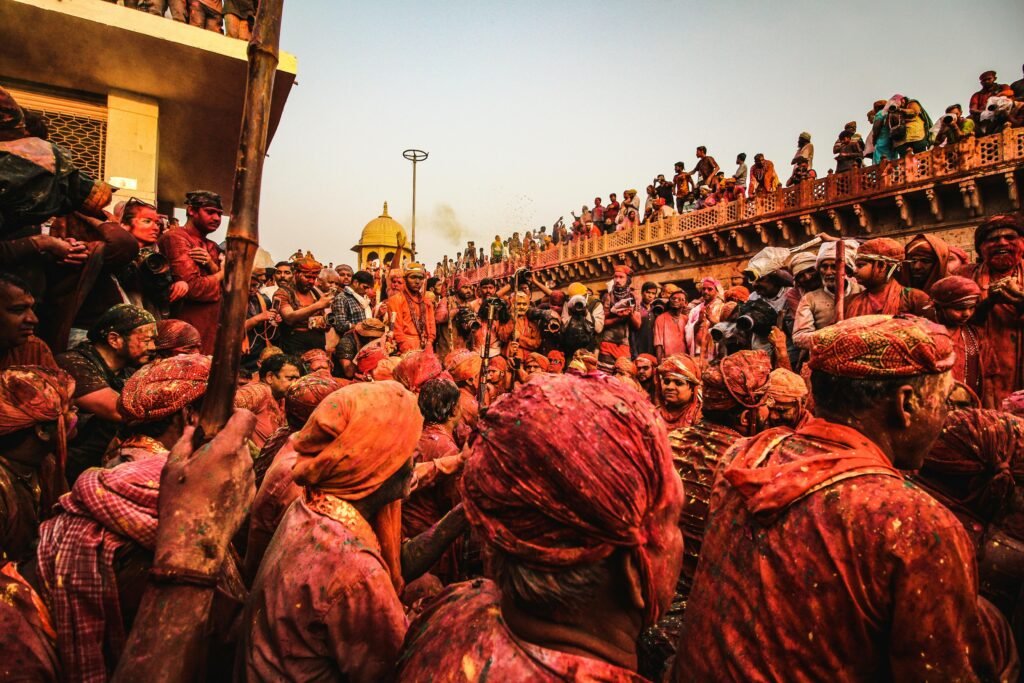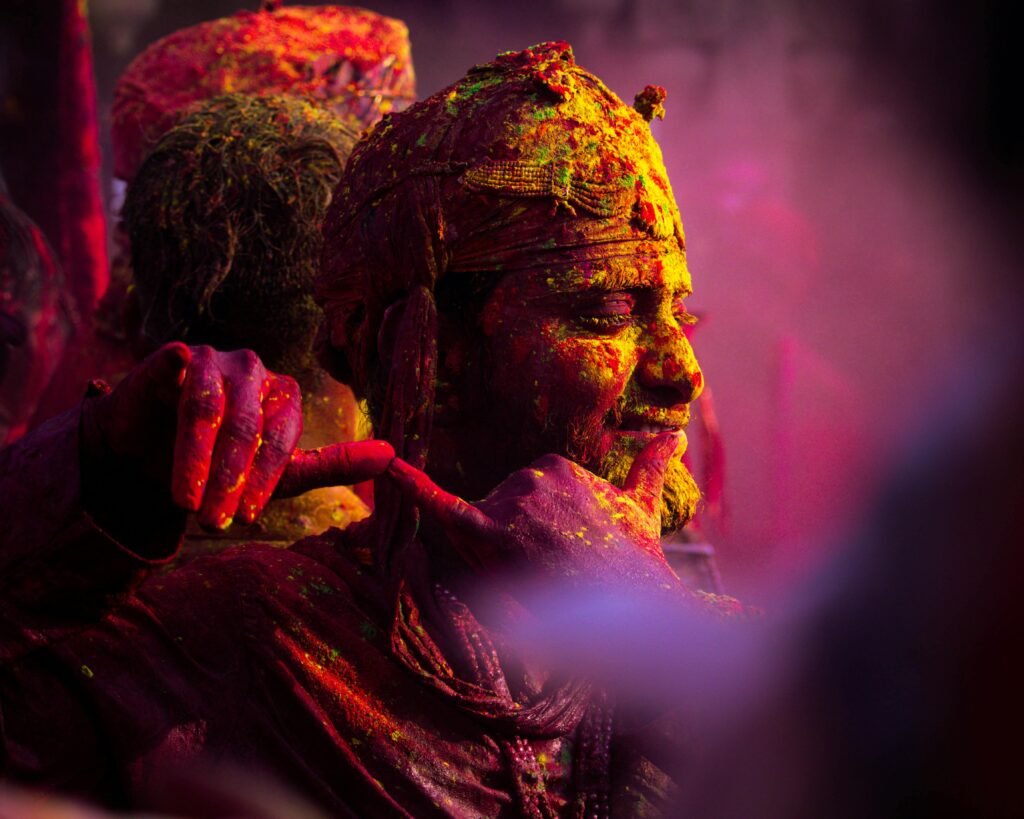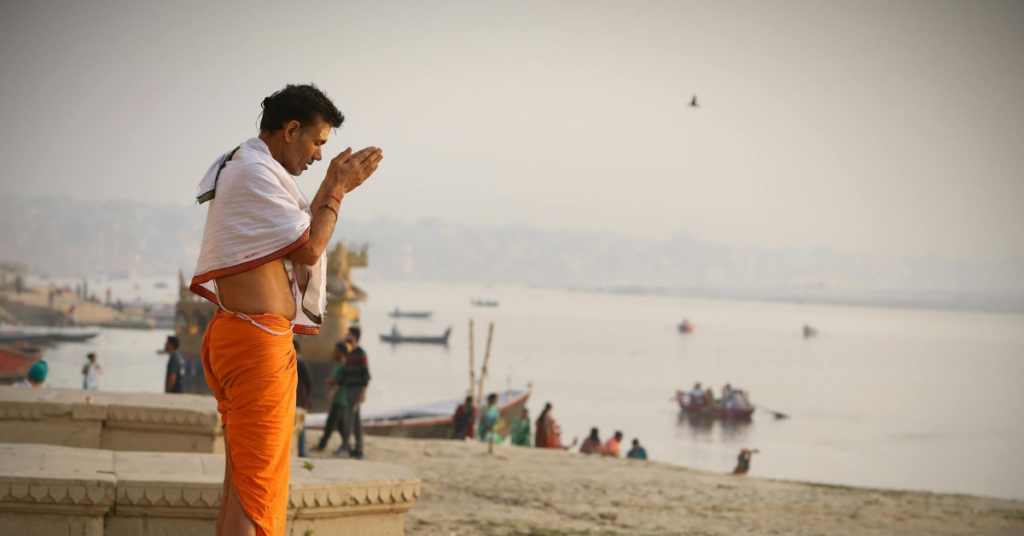
Introduction: Why Temple Etiquette Matters
Visiting a temple for the first time? Understanding Temple Etiquette for First-Time Visitors helps you enjoy a peaceful and respectful experience. Temples are more than just places of worship—they are sacred spaces filled with history, devotion, and tradition. Following proper etiquette ensures you blend in, show respect, and avoid unintentional mistakes.
The Significance of Temples in Indian Culture
Temples have been central to Indian life for thousands of years. From the towering Brihadeeswarar Temple in Tamil Nadu to the serene banks of the Ganges at Kashi Vishwanath, each temple holds deep spiritual meaning. They are believed to be the earthly abodes of gods, where devotees seek blessings, inner peace, and guidance. In Hinduism, it is said that even a single visit to a temple can purify the mind and soul. The Bhagavad Gita teaches that offering prayers with sincerity brings divine grace, making temple visits a cherished practice.
Why Respect and Local Customs Matter
Temples are sacred, and every action inside them holds meaning. Removing shoes before entering isn’t just hygiene—it’s a sign of humility. Silence is observed not for rules, but to maintain a spiritual atmosphere. Even small gestures, like walking clockwise around the deity, symbolize respect. Learning these customs makes your visit smoother and helps you connect with the temple’s divine energy. So, whether you’re seeking blessings or simply exploring, embracing temple etiquette enriches your experience.
Preparing for Your Temple Visit
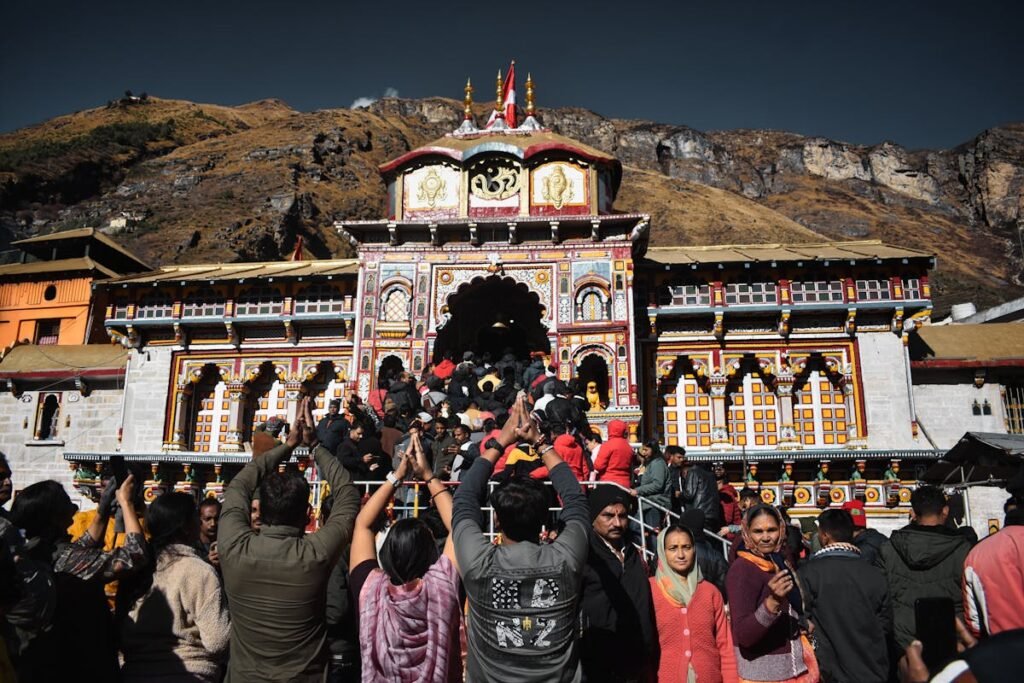
A temple visit is more than just sightseeing—it’s a spiritual experience. Understanding Temple Etiquette for First-Time Visitors ensures you show respect and enjoy a meaningful visit. A little preparation goes a long way in helping you connect with the divine.
Understanding the Temple’s Customs and Traditions
Every temple has unique traditions, and knowing them beforehand makes your visit smoother. Some temples require you to cover your head, while others have strict dress codes. For example, the Jagannath Temple in Puri allows only Hindus inside, while the Golden Temple in Amritsar welcomes everyone. In ancient times, sages meditated for years before stepping into temples, believing that divine energy required deep reverence. You don’t need years of meditation, but a little awareness helps!
Researching the Timings and Special Rituals
Temples follow specific schedules, and visiting at the right time enhances your experience. Many temples open at dawn, just as the first rays of the sun are offered to the deity. Some, like Tirupati Balaji, have long queues, and booking in advance saves you hours. Special rituals like aarti (divine prayer) or abhishekam (holy bath of the deity) are mesmerizing and worth witnessing. Imagine missing the grand Ganga Aarti in Varanasi just because you didn’t check the time!
A temple visit is not just about rituals—it’s about inner peace. In the Bhagavad Gita, Lord Krishna says, “A heart full of devotion is the greatest offering.” Before entering, take a deep breath, let go of distractions, and step in with gratitude. Whether you seek blessings or answers, an open heart will make your temple visit truly divine.
Dress Code: What to Wear and What to Avoid
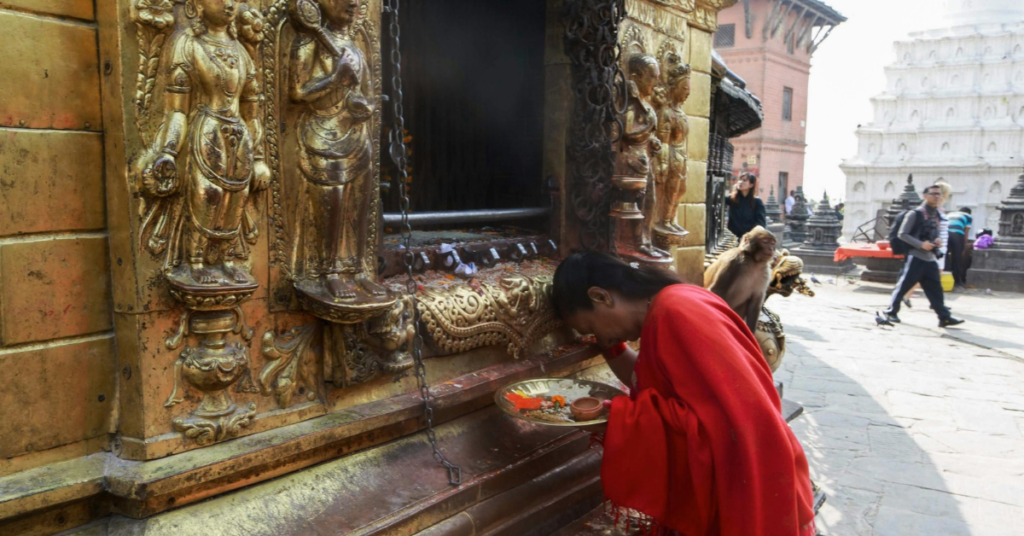
Dressing appropriately is a key part of Temple Etiquette for First-Time Visitors. Temples are sacred spaces, and your attire should reflect respect and devotion. Following a simple dress code ensures a smooth and hassle-free visit.
Recommended Attire for Men and Women
Traditional attire is always a safe choice. For men, many temples recommend wearing a dhoti or kurta-pajama, especially in South India. In some temples, like Padmanabhaswamy Temple in Kerala, dhotis are mandatory, and shirts must be removed before entering. Women are advised to wear sarees, salwar kameez, or long skirts with modest tops. In some temples, wearing Western outfits like shorts or sleeveless tops can lead to restricted entry. A simple rule—when in doubt, dress like a devotee, not a tourist!
Guidelines for Covering Shoulders, Knees, and Head
Most temples require visitors to cover their shoulders and knees as a sign of respect. This custom symbolizes humility before the divine. Carrying a light shawl or scarf is always a good idea. In temples like the Golden Temple in Amritsar, covering your head is mandatory. Even Lord Krishna, in his childhood stories, is said to have draped himself in simple robes when entering sacred places, teaching us that dressing modestly is a sign of devotion.
Footwear Etiquette: Where to Leave Shoes and Slippers
Shoes are considered impure in Hindu tradition and must be removed before entering a temple. Most temples have designated shoe stands where you can safely leave them. Some devotees walk barefoot from home to temples as an act of devotion. At Tirupati Balaji, many pilgrims even donate their footwear as a symbolic offering of humility. Removing your shoes reminds you to leave behind ego and distractions before stepping into the divine presence.
Dressing appropriately is not just a rule—it enhances your spiritual connection. So, dress with respect, and let your temple visit be truly divine!
Entering the Temple: Dos and Don’ts
Stepping into a temple is like stepping into a sacred realm. Following Temple Etiquette for First-Time Visitors helps you show respect and experience divine peace. A few simple steps can make your visit more meaningful.
Washing Hands and Feet Before Entering
Purity is essential in Hindu traditions, and washing hands and feet before entering a temple symbolizes cleansing of body and mind. Most temples have water taps or small ponds near the entrance for this purpose. In ancient times, sages believed that water purifies negative energy. Even Lord Rama is said to have washed his feet in the Sarayu River before praying. This small ritual helps you leave behind the dust of the outside world and step in with a pure heart.
Offering Prayers and Showing Reverence
Once inside, fold your hands in a namaste or bow slightly to show reverence. Some devotees touch the temple floor before stepping in as a sign of respect. While offering prayers, focus on devotion rather than rushing through rituals. Legend says that Sudama, Lord Krishna’s childhood friend, had nothing material to offer but was blessed simply for his pure devotion. Remember, sincerity matters more than grand offerings.
Avoiding Loud Conversations or Distractions
Temples are peaceful spaces meant for reflection and devotion. Avoid talking loudly, using mobile phones, or taking unnecessary selfies. Silence allows you to connect with the divine energy. Even Lord Shiva, the master of meditation, chose Mount Kailash for its stillness. Keep distractions aside and soak in the spiritual experience—you’ll leave feeling truly blessed!
Behavior Inside the Temple Premises
Inside a temple, the atmosphere is sacred, and your behavior plays a key role in honoring the space. Following Temple Etiquette for First-Time Visitors helps you stay connected to the divine energy. First, maintain silence. Talking loudly or making unnecessary movements can disturb the spiritual ambiance. Legend has it that even Lord Krishna chose quiet meditation in Vrindavan to connect deeply with his devotees. During prayers, focus on your posture. Standing with folded hands or sitting respectfully shows reverence. If you’re participating in rituals, follow the priest’s instructions carefully. Also, many temples restrict the use of mobile phones or photography. Taking photos can be disrespectful, as the divine presence is not meant to be captured for mere enjoyment. The Gita teaches that the true spirit is beyond material capture—so enjoy the moment through your heart, not your lens. By respecting these simple guidelines, your visit becomes more peaceful and spiritually enriching.
Offering Prayers and Donations: What’s Appropriate

When offering prayers and donations in a temple, sincerity matters more than the value of your offerings. Following Temple Etiquette for First-Time Visitors ensures you respect the temple’s sanctity and engage in meaningful devotion. Flowers, incense, and fruits are commonly offered to deities as symbols of purity and love. It’s considered appropriate to offer fresh, clean items. Legend says that the simple flower offered by a devotee in true faith holds more value than a grand offering given without devotion.
When it comes to donations, temples often have designated donation boxes. It’s important to donate with a pure heart, not expecting anything in return. In ancient times, kings and queens would make large donations to temples, but even Lord Shiva valued a simple gift given with love, like the handful of grass offered by a poor devotee. Avoid making donations for personal gains or in a way that disrupts the temple’s tranquility. To learn more about How donating to Temples makes our lives better, read the blog.
Seeking blessings should always be done respectfully. Approach the deity with humility, bowing slightly or offering a prayer. Avoid rushing through the rituals or disturbing the ongoing puja. Remember, it’s your devotion and respect that truly matter, not the grandeur of your offerings.
Understanding Temple Rituals and Participation
Participating in temple rituals is a beautiful way to connect with the divine. Following Temple Etiquette for First-Time Visitors helps you engage meaningfully. One of the most sacred experiences in a temple is joining the aarti or bhajan. These prayers, often accompanied by music, help elevate your spiritual energy. Join in with humility, and avoid interrupting the flow. In many temples, aarti is offered at dawn and dusk, creating a magical atmosphere. Legend tells us that even Lord Rama used music and prayer to bring peace to his kingdom, showing the importance of devotion in harmony.
When it comes to prasad distribution, always approach it with respect. Prasad is the deity’s blessing, and it’s typically distributed after prayers or rituals. Accept it with both hands and a grateful heart. In the Bhagavad Gita, Lord Krishna teaches that the simplest offerings, if given with love, hold immense value.
Lastly, always follow the priest’s instructions carefully. Priests are there to guide you through the rituals. Whether it’s bowing at the right time or offering flowers, their guidance helps maintain the sanctity of the temple. Following their instructions deepens your connection with the divine.
Respecting Sacred Spaces and Icons
To respect the sacred spaces and icons is crucial when following Temple Etiquette for First-Time Visitors. Temples are places of divine presence, and it’s important to honor their sanctity. One of the key guidelines is to avoid touching the deities or sacred objects. In Hindu tradition, idols are not just statues—they are considered embodiments of the divine. Touching them without proper reverence can disrupt the spiritual energy. Legend has it that the deity Lord Ganesha’s idol once turned into gold when touched with pure devotion. Therefore, respect the idols from a distance, allowing the divine to connect with your heart, not your hands.
Temples often have restricted areas where only priests or certain devotees are allowed to enter. These areas are considered extremely sacred, and entering without permission can be disrespectful. Many temples have specific rules, such as no entry inside the sanctum sanctorum unless you’re performing a ritual. Following these rules ensures you don’t disrupt the flow of sacred practices. Remember, entering these restricted areas without proper knowledge or respect could disturb the temple’s sanctity, just as Lord Vishnu advised King Bali to respect boundaries in the Vamana Purana.
Things to Avoid for a Respectful Experience
When visiting a temple, it’s important to follow Temple Etiquette for First-Time Visitors to ensure a respectful experience. One key rule is avoiding photography without permission. Temples are sacred spaces, and capturing images can sometimes be seen as disrespectful. In fact, many temples prohibit photography inside, as it may distract from the spiritual atmosphere. Lord Vishnu himself, as depicted in various stories, valued quiet and meditation, free from distractions like camera clicks.
Another important thing to avoid is public displays of affection. Temples are places of devotion and respect, so holding hands or showing affection can be inappropriate. Hindu legends often depict gods and goddesses with deep, pure relationships that are based on reverence and spirituality. Showing affection in a temple can take away from that reverence.
Lastly, avoid interrupting ongoing rituals. Priests and devotees perform sacred rites that require focus and dedication. Interrupting or talking during these rituals can disrupt the flow and sanctity of the temple. Just as Lord Shiva meditates in silence on Mount Kailash, your quiet presence will help you connect more deeply with the divine. By following these simple guidelines, you contribute to a peaceful and respectful temple experience.
Exiting the Temple: Leaving with Gratitude
As you prepare to leave the temple, it’s important to do so with gratitude. Following Temple Etiquette for First-Time Visitors ensures your experience ends on a respectful note. Before exiting, offer a final prayer, thanking the deity for the blessings received. In Hindu tradition, it’s customary to express thanks for both the spiritual and material blessings bestowed upon you. Lord Ganesha, known for removing obstacles, is often thanked at the end of a prayer, symbolizing the end of one journey and the beginning of another.
When collecting prasad, do so with grace and respect. Prasad is considered a divine gift, and it should be handled reverently. In ancient times, it’s said that the gods themselves would accept offerings and pass blessings through prasad, showing its importance. As you leave, maintain decorum, avoiding loud conversations or rushing through the exit. Remember, temples are spaces of peace and devotion. Just as Lord Rama respectfully left the temple after worshipping, you should leave with a heart full of gratitude, carrying the divine blessings with you into your life.
Conclusion: Embracing the Spiritual Journey
Visiting a temple for the first time is a deeply spiritual experience. By following Temple Etiquette for First-Time Visitors, you ensure a respectful and enriching journey. Remember to dress modestly, follow the rituals with devotion, and respect the sacred space. When you enter a temple, always wash your hands and feet, show reverence during prayers, and avoid distractions. Embrace the peace of the space and participate in rituals with humility.
It’s also important to be mindful of others around you. Avoid photography, refrain from public displays of affection, and respect the priests’ instructions. Just as Lord Krishna taught the importance of humility and devotion, you too can learn from the sacred space by approaching it with respect.
Lastly, temples represent a diverse range of traditions, each with its unique customs and practices. Embrace these differences and approach every temple visit with an open heart. The journey of devotion is personal, and each step taken with respect helps you connect more deeply with the divine. So, as you exit the temple, carry the peace and blessings with you, and let the experience inspire your spiritual path forward.

